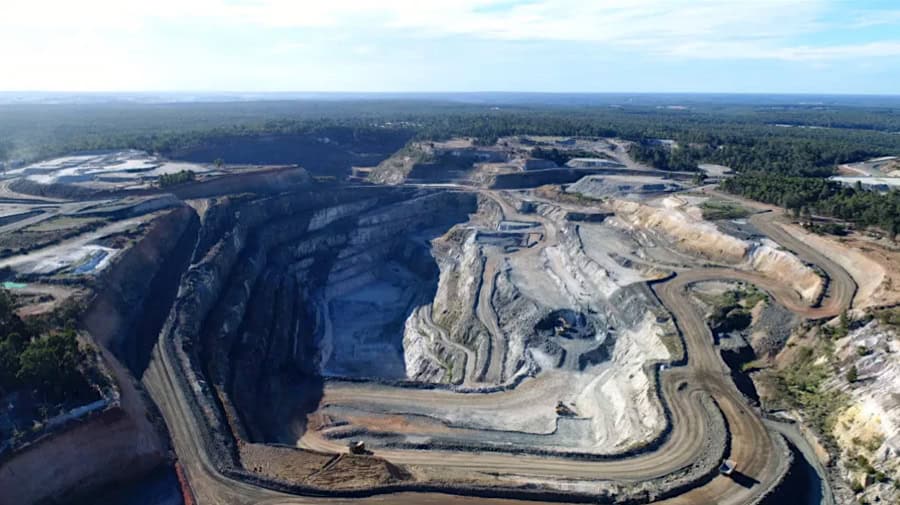
There is a battle to be the “supreme” lithium producer in South America, with Chile now facing competition from other countries on the continent, research outlet Roskill Information Services said Monday.
Speaking at the annual Mines & Money exhibition in London, Robert Baylis, managing director of Roskill, said the global shift away from carbon to renewables and electric was creating a massive demand boost for lithium.
Baylis said he sees lithium demand growing at around 30% annually, from around 94,000 mt in 2018 to 1 million mt and above from the late 2020s.
However, he cautioned that recent price volatility and weakness could be putting off increased investment on the supply side.
Despite the inactivity of the seaborne spot market, S&P Global Platts lowered both the lithium carbonate and lithium hydroxide CIF North Asia assessments last week as market participants have been indicating lower values sequentially over recent weeks.
Platts assessed battery-grade lithium carbonate on Friday down $800/mt week on week at $13,000/mt, while lithium hydroxide tumbled $800/mt to $16,000/mt, both on a CIF North Asia basis. The assessments reflect deliveries in the main ports of China, Japan and South Korea.
Baylis said that investment capital and project delivery, the amount of time it takes to get production to market, remain the biggest risks to the South American lithium story.
He noted that although Chile remains the number one producer in South America, and number two in the world after Australia, other countries such as Argentina, Brazil, Peru and Bolivia are also seeing investment.
However, Baylis said there were numerous factors keeping these countries from competing quickly with Chile, including political uncertainty, currency exchange risks, limited assets and a drag on how quick projects can take to come online.
Speaking on a panel that followed Baylis’ presentation, John MacKenzie, CEO Audley Capital Advisors, said he believed Bolivia and Venezuela were “un-investable” countries. He favored Chile and Peru as an investment case.
He said Chile was becoming ever more attractive for investors owing to stability, vision and energy security in the form of cheap renewables.
Baylis said that one issue facing Chile was limited assets and “very few” salt lakes. He appeared to paint a more bullish view of Australia, although he said reward, along side risk, are potentially greater in South America. Baylis also noted that Chile is dominated by two large producers, SQM and Albemarle.
Chilean mining and chemicals company SQM is interested in increasing production of lithium hydroxide in the near future, CEO Patricio de Solminihac said Thursday during an earnings conference call.
SQM’s operations in Chile are all based in brines, which can only be upgraded into lithium carbonate, forcing the company to add a second processing stage in order to obtain hydroxide.
By contrast, hard-rock producers — mainly in Australia — can upgrade either to lithium carbonate or hydroxide, depending on their preference.
Martin Valdes, managing director and partner at private equity outlet Resource Capital Funds, said that overall South America is “untapped” for a lot of PE firms. He said Resource Capital’s strategy is to seek out mid-tier family operators and either grow them and become more efficient/profitable or look to invest and sell them to bigger players.
